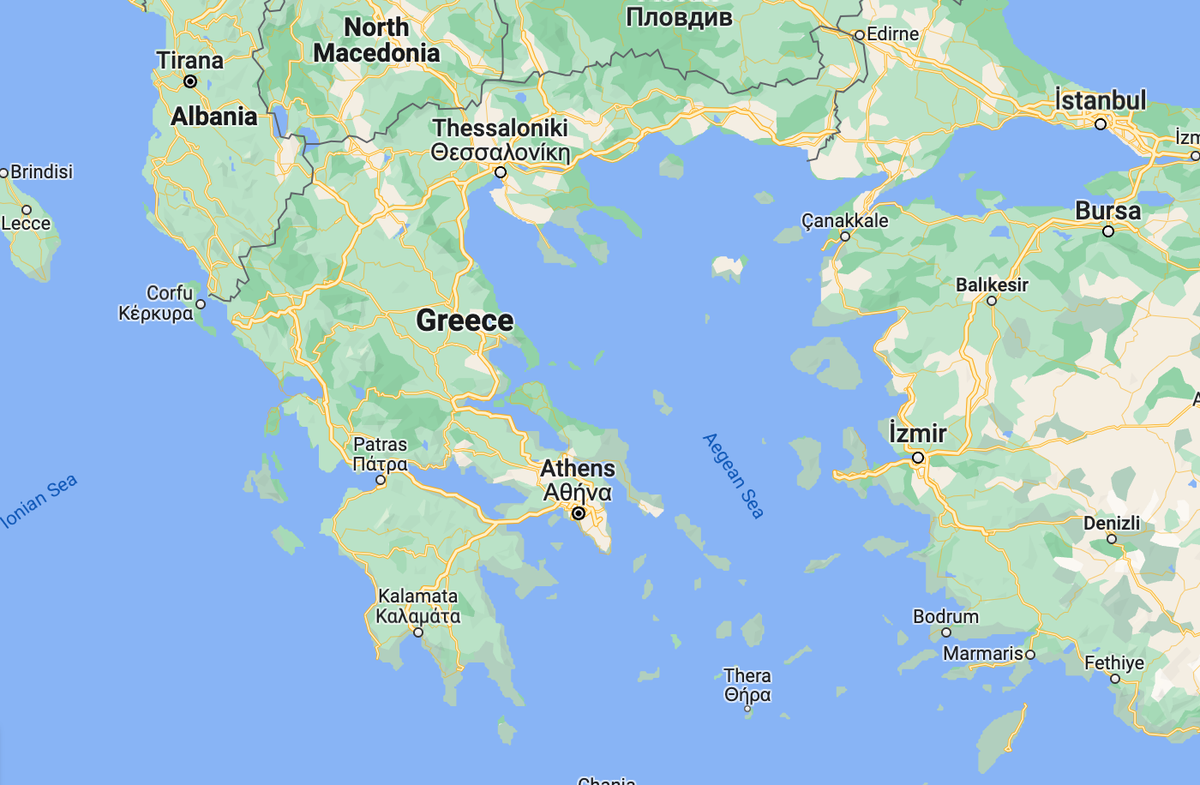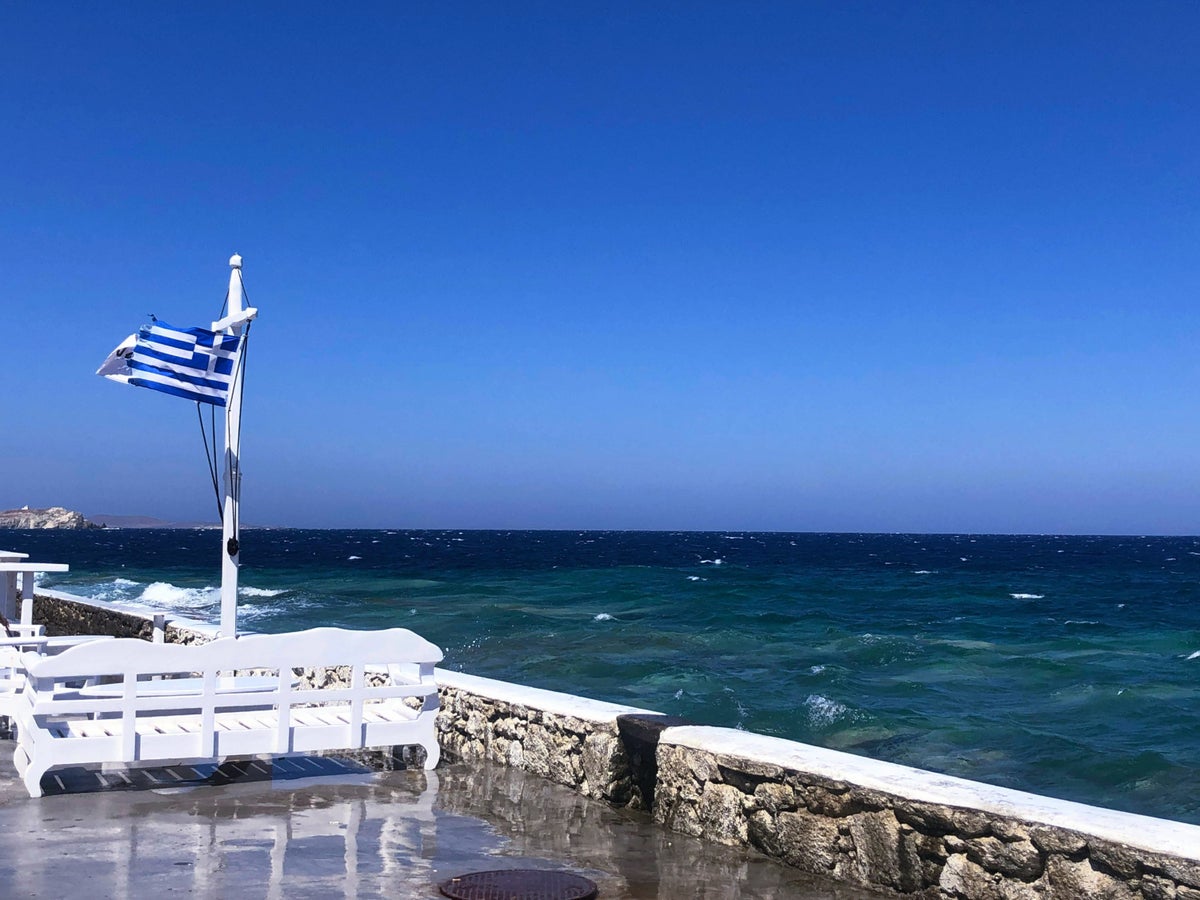Katie Corrigan Seemann
Katie Corrigan Seemann
Travel Partnerships Manager and Podcast Co-Host
504 Published Articles 92 Edited Articles
Countries Visited: 30U.S. States Visited: 29
Katie has been in the points and miles game since 2015 and started her own blog in 2016. She’s been freelance writing since then and her work has been featured in publications like Travel + Leisure, L...
Edited by: Nick Ellis
Nick Ellis
Senior Editor & Content Contributor
460 Published Articles 1243 Edited Articles
Countries Visited: 35U.S. States Visited: 25
Nick’s passion for points began as a hobby and became a career. He worked for over 5 years at The Points Guy and has contributed to Business Insider and CNN. He has 14 credit cards and continues to le...
& Keri Stooksbury
Keri Stooksbury
Editor-in-Chief
113 Published Articles 3840 Edited Articles
Countries Visited: 54U.S. States Visited: 28
Editing with Upgraded Points for over 6 years, as editor-in-chief, Keri manages the editorial calendar and oversees the efforts of the editing team and over 20 content contributors, reviewing thousand...
![The Best Time To Visit Greece [By Seasons and Interests]](https://upgradedpoints.com/wp-content/uploads/2022/08/Santorini-Greece-1.jpg?auto=webp&disable=upscale&width=1200)







![The Best Times To Visit Hawaii in 2025 [By Seasons & Islands]](https://upgradedpoints.com/wp-content/uploads/2020/05/Maui-Sunset.jpg?auto=webp&disable=upscale&width=1200)
![The 10 Best Travel Alarm Clocks [2025]](https://upgradedpoints.com/wp-content/uploads/2022/08/man-snoozing-alarm-clock.jpeg?auto=webp&disable=upscale&width=1200)
![The Best Times To Visit the Grand Canyon [By Seasons & Interests]](https://upgradedpoints.com/wp-content/uploads/2022/07/Grand-Canyon-and-river-views.jpg?auto=webp&disable=upscale&width=1200)
